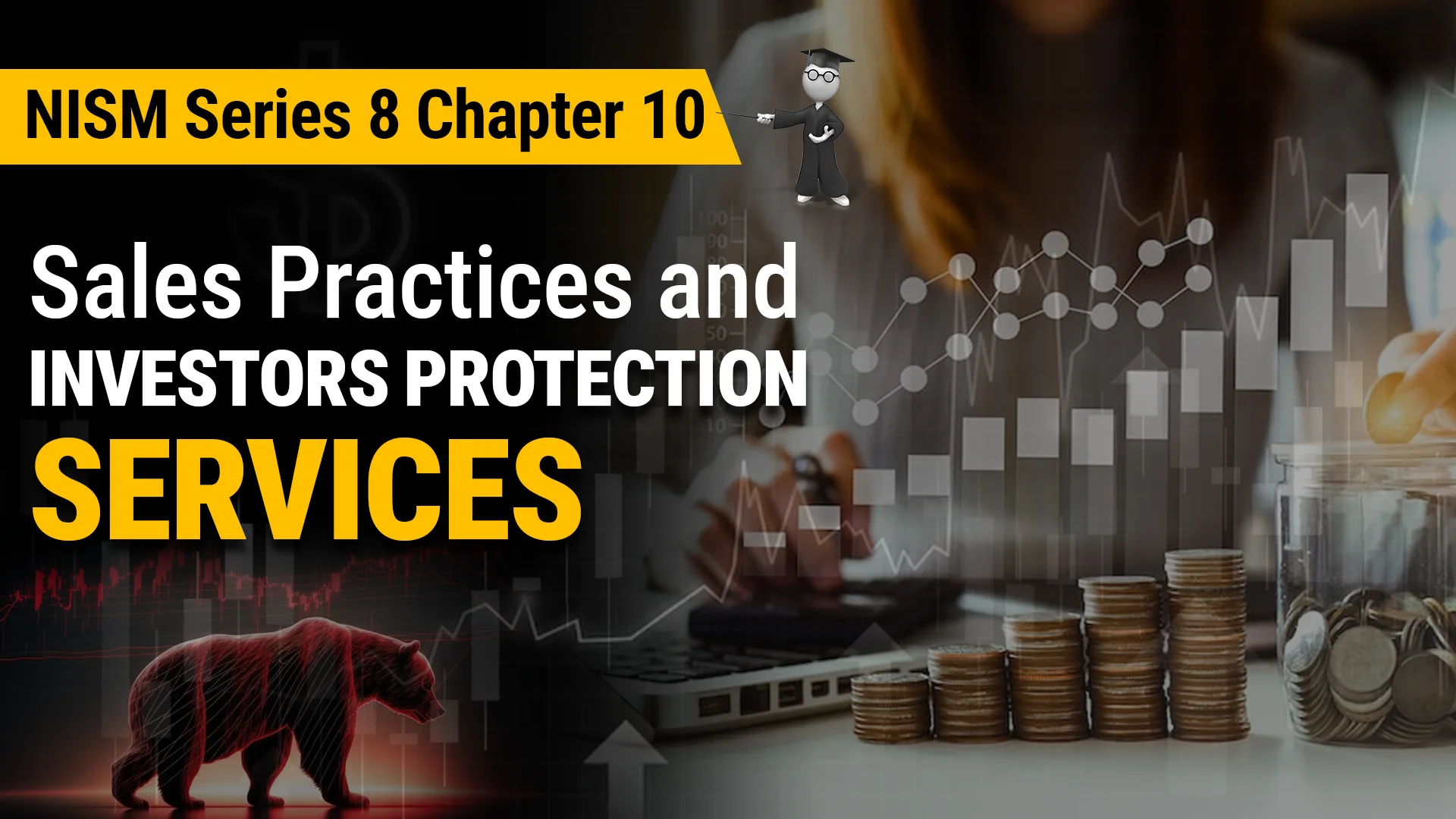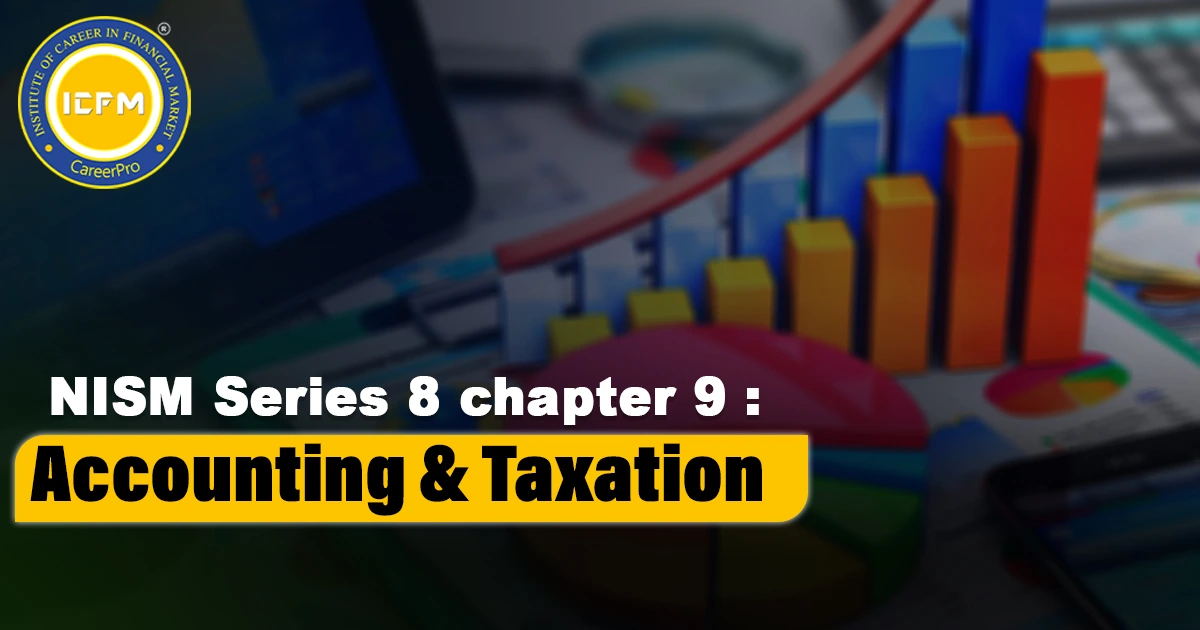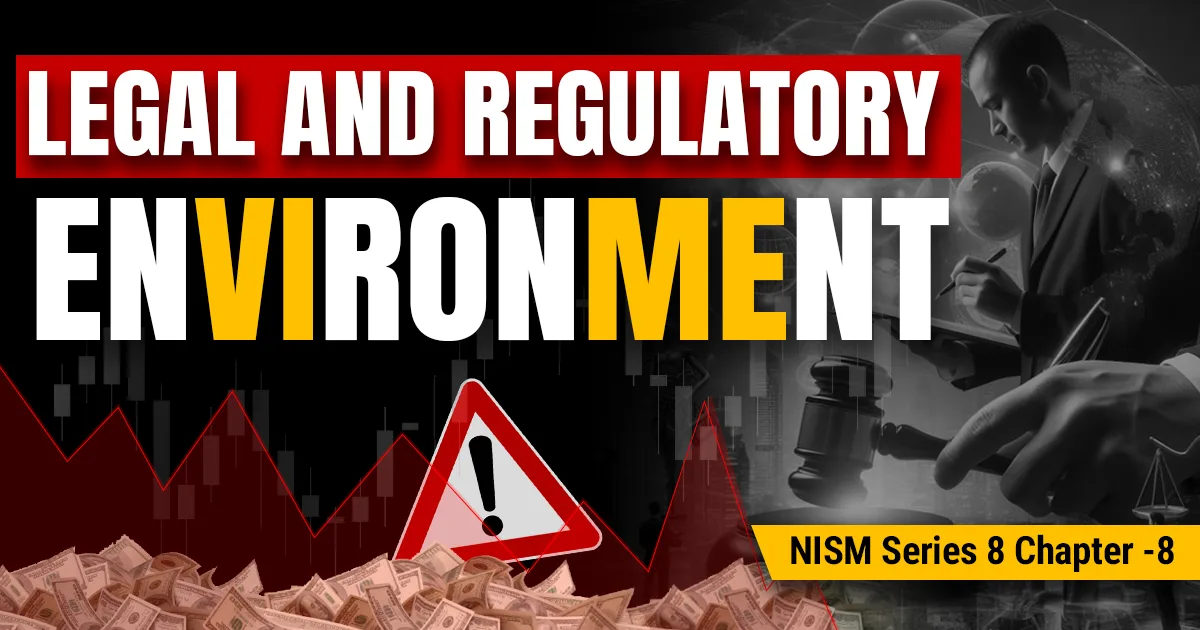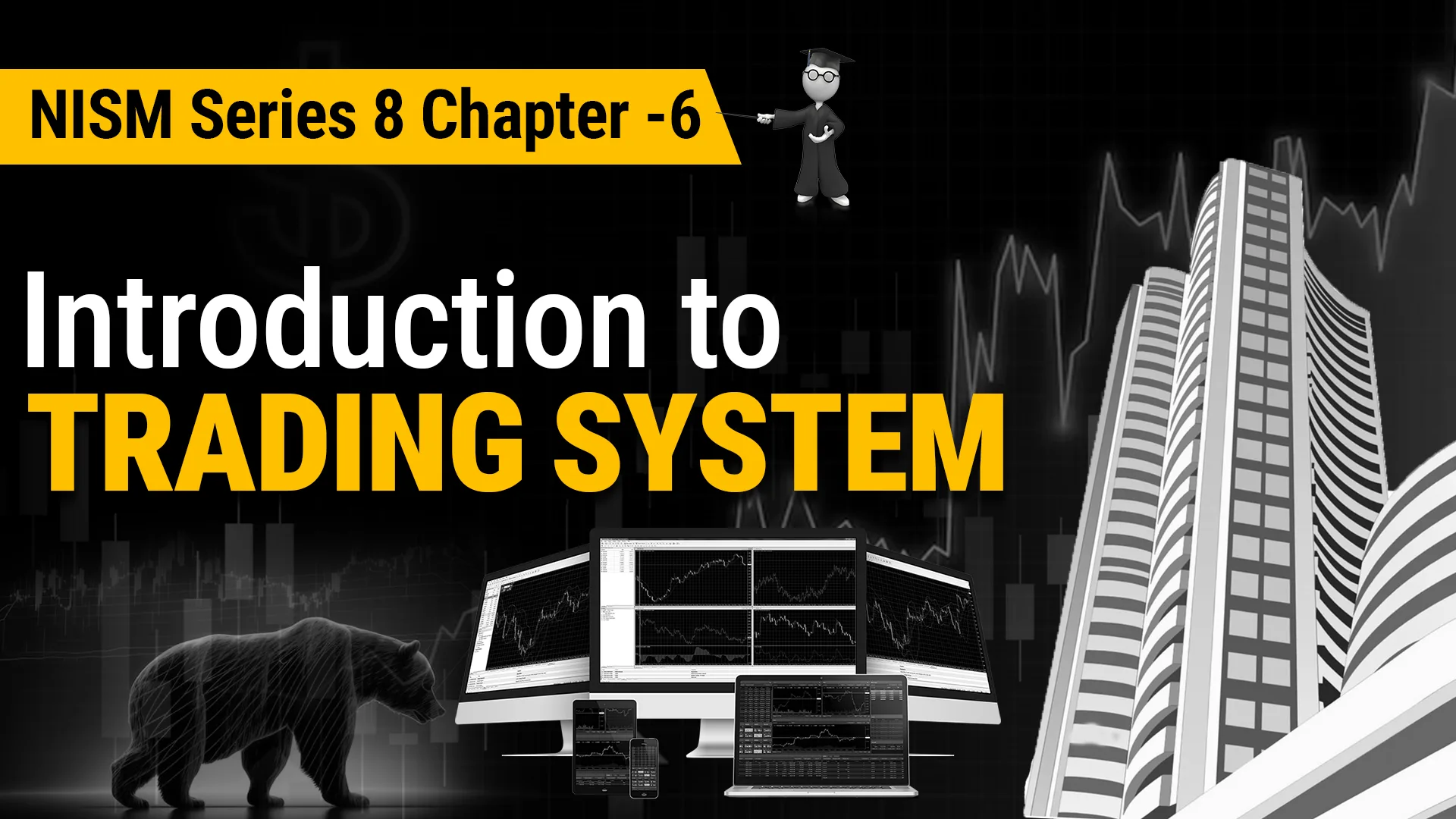NISM SERIES 8 Chapter 10: Sales Practices and InvestorsProtection Services
10.1 Client's risk profile
In investing, risk can be defined as the probability of not receiving returns as anticipated. The financial advisor should be aware of a client's risk tolerance, that is, his or her age, income, and goals, which determine what investment to apply. Higher risk often implies higher potential return but over shorter periods, riskier assets like equities may underperform. Advisors must also make sure that clients understand complex products, such as derivatives, and follow KYC and CDD procedures to prevent money laundering. The use of risk categories is applied to classify the clients; enhanced due diligence is required for more risky persons or entities.
10.2 Investor Grievance Redressal Mechanism:
Exchanges in India have in place, an established process of addressing investor grievances so that investors are enabled to address them before the trading members or the issuers. Investors can thus have proper channels to make complaints and receive redressals. Here's a quick summary of the grievance mechanism, how it works, and the best ways investors can take advantage of it.
1. Grievance Resolution Process:
Every interaction has a grievance cell specifically to handle complaints. The process has made the offices across the country easily accessible, whereby Investor Service Committees (ISC), which constitute officials of the exchange and independent experts, oversee the cells.
Working process
(a) Filing Complaints: Investors have to file complaints with a prescribed form along with supporting documents. Once the complaint reaches, it is placed before the exchange, where the complaint number is issued.
(b) Initial Redressal: The exchange tries to resolve the issue by reaching out to the appropriate trading member. In case the issue is not resolved in the given time frame, further steps are taken.
(c) Held at the End: In case of an unresolved grievance, an investor can take arbitration.
2. Daily Complaints of Investor:
Exchanges entertain relief related to trades executed on their trading platform, like:
•Non-receipt of any benefits accorded by a company(dividend, bonus etc.)
•Non-receipt of sums or securities
•Any transaction in his account without his consent
• Surcharge of excess brokerage or closing position without his permission
•failure to deliver documents as required. (as against contact notes or margin receipts)
However, instances that are not trade-related, being executed through an exchange, like recovery of mental distress or loss of opportunities, are usually excluded.
3. Procedure for Arbitration:
When redressal mechanisms don't click, arbitration offers a formal, quasi-judicial mechanism to settle disputes. Arbitration procedures take place in the exchange's arbitration centres. In most situations, the arbitrator delivers an order within four months, and his decision is always binding on both parties involved.
• Appeal: If one party is dissatisfied with the decision, they can appeal to the Arbitration Tribunal. An appellate bench studies the case and hands down an absolute, binding judgment.
4. SEBI Complaints Redress System (SCORES):
SEBI has designed an internet-based, centralized system SCORES, for grievance redressal. Investors can register complaints, check on the status, and interact with market intermediaries on this internet-based platform.
SCORES Features:
• Access at All Hours: Investors can file complaints at any time, from any place.
• Instant Updates: The system sends an acknowledgement email with a complaint number that the investor uses for reference.
• Transparency: The investor and related parties can view the status and even respond to it, clarifying, online.
• Quick Resolution: The SCORES system saves on the physical movement of complaints, thus accelerating the process.
5. General Dos and Don'ts for Investors:
For hassle-free trading and minimizing grievances, the investor has to be aware of the following simple dos and don'ts:
Dos:
• Registered intermediaries-brokers, sub-brokers only.
• Study and read the risk disclosure document before registering with a broker.
• Contract notes are taken for every transaction and if needed they are cross-checked with the exchange.
• Documentation like trade confirmations and account statements are checked quickly.
• Terms and conditions are read before investing in any investment.
• Payment and securities are available before executing a trade.
Be cautious of the spikes or trading volumes that seem unusual.
DON'TS :
• Do not deal with unregistered brokers or intermediaries.
• Do not put signatures without understanding.
• Avoid cash transactions and unsigned contract notes.
• Do not rely on rumours or tips for investment.
• Do not get carried away by high-sounding promises of high returns or guaranteed profits.
• Do not create troubles late when a dispute surfaces. Address the issue immediately with the exchange.
Conclusion:
This investor grievance redress mechanism is designed to protect investors and ensure that their concerns are treated fairly and efficiently. By knowing about the complaint process, using platforms such as SCORES, and following best practices during interactions with brokers and exchanges, investors can protect their interests in the securities market.









